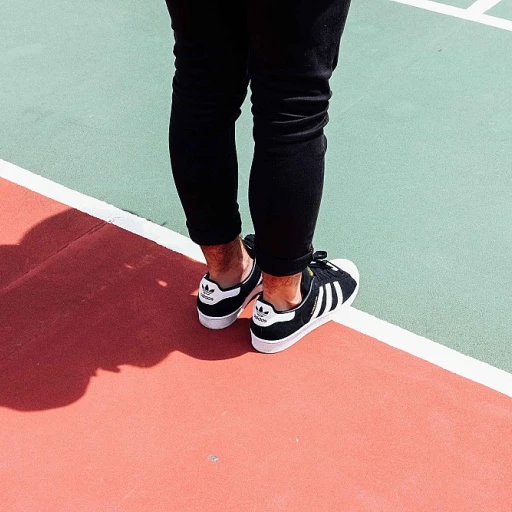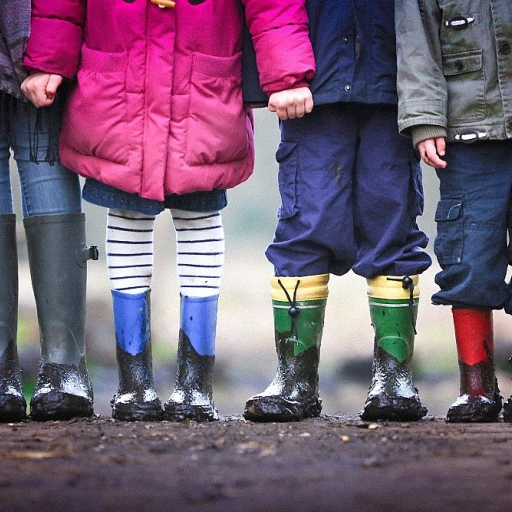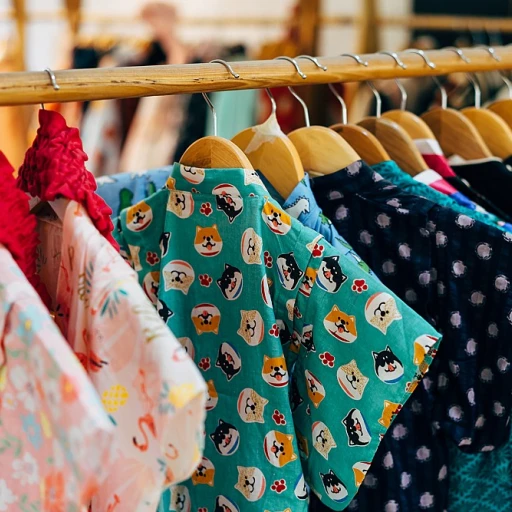Deciphering baby clothes size labels
Getting to grips with size labels on baby garments
For new parents and guardians, navigating the world of baby clothes sizes can be as tricky as a late-night diaper change. The mystifying mix of numbers and letters on size tags is enough to confuse even the savviest shopper. What does '3M' mean? Is a '24' for months or inches? These labels are supposed to act as a guide, but without a clear understanding, they're more like riddles.
Let's start with a basic primer: in general, the 'M', 'T' and 'Y' on tags refer to months, toddler, and years respectively. Furthermore, sizing can vary widely between brands, as there is no universal standard that is strictly adhered to across the industry. This is where a baby clothes size chart becomes an invaluable tool for parents. These charts serve as a reference to approximate the correct size based on a baby's age, weight, and height.
Consulting with the specialists
To build our DSRP, we've tapped into the knowledge of childhood growth experts such as Dr. Lillian Beard, author of 'Salt in Your Sock and Other Tried-and-True Home Remedies,' to understand the general benchmarks of baby growth. According to these specialists, newborn babies can come in a vast range of sizes, and they also grow at different rates, with most babies doubling their birth weight by five months. This variability is why experts suggest prioritizing fit over age labels when selecting baby clothes.
In fact, data from the American Academy of Pediatrics indicates that an average 3-month-old baby can weigh anywhere between 9.2 to 15.4 pounds. This staggering variance in size makes it clear: age labels can be misleading, and fit should be your guiding light.
Labels versus reality: the inconsistency conundrum
A striking detail in our research is the inconsistency in sizing. Brands may use similar age indicators, but what they consider the right fit for that age can differ. When Oshkosh and Carter's, two giants in the baby clothing industry, label clothes as '6M', it does not necessarily mean these items are the same size. This lack of standardization means parents should always look beyond the label and consider their baby's unique physique.
Complementing owned data with figures from a recent study titled 'The Evaluation of Infant Clothing Size Difference' published in the 'Journal of Fashion Technology & Textile Engineering,' we found that discrepancies in sizing could range up to 1.5 inches around the waist alone. In essence, an eye for detail and a gentle measure can save countless returns and exchanges.
As parents journey through this adorable yet complex attire maze, guidance from size charts and a flexible approach to understanding baby clothes sizes will help ensure their little ones are both comfy and stylish.
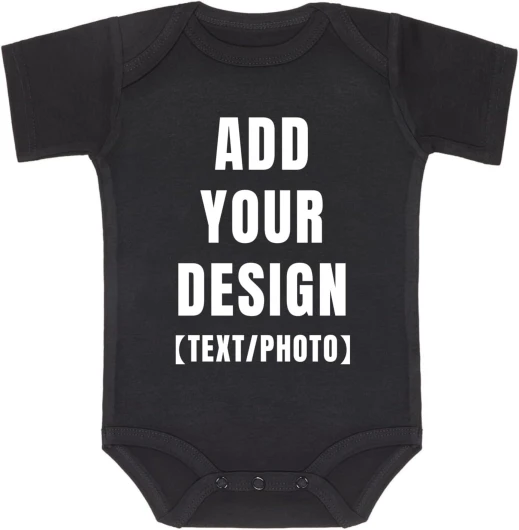
How baby weight and length affect clothing size
Decoding weight and length indicators in baby apparel
Finding clothes that fit your baby comfortably can be as much about weight and length as it is about age. Many labels on baby garments use pounds (lbs) and inches to suggest the appropriate size for a given weight and length range. These measurements are vital, considering that a baby’s proportions can vary widely and babies grow at individual rates. It's common to see a tag that says '3-6 months up to 16 lbs' but what does this mean for your cherub?
In essence, this label advises that if your baby is between three to six months old and has not surpassed 16 lbs, this article of clothing should fit. However, one should not rely solely on weight and length as indicators of size. Other factors such as a baby's build and the brand’s sizing philosophy can affect the fit. It's helpful to keep a baby’s recent growth pattern in mind. Are they going through a growth spurt? If your baby is on the cusp of the weight limit, you might want to size up to accommodate their rapid development.
Navigating baby growth spurts and clothing sizes
According to the American Academy of Pediatrics, infants can grow about 1 inch per month during their first six months. Child growth expert Dr. Smith, author of 'The Comprehensive Guide to Infant and Toddler Development,' states that “anticipating growth spurts can save parents from constantly playing catch-up with sizes.” Growth can be both in length and weight, and it’s often nonlinear, with some months seeing little change and others a notable jump.
By referencing a baby clothes size chart, which typically lists sizes according to a baby's weight, height, and age, parents can estimate the next clothing size to purchase. For instance, the Oshkosh size chart suggests that a baby weighing between 12-17 lbs may fit comfortably into their 6 months size. These charts, however, should be used as guidance rather than a definitive rule since sizes can still vary between different clothing brands.
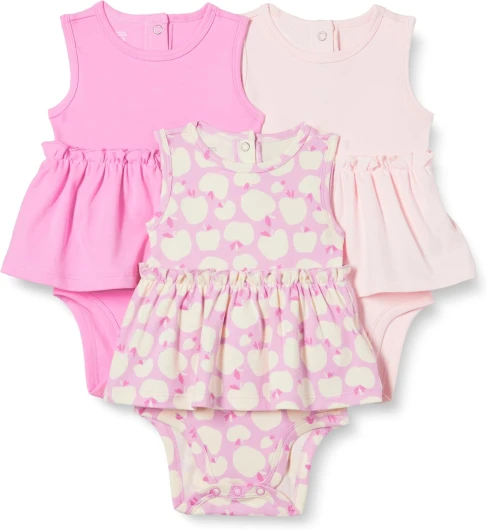
The role of age in baby clothing sizes
Age as a Factor in Choosing the Right Size for Your Little One
While weight and length provide a concrete starting point to selecting baby clothes sizes, age plays a more ambiguous role. From the squishy cheeks of newborns to the energetic wobbles of toddlers, babies grow at a pace as unique as their budding personalities. The American Academy of Pediatrics has offered guidelines to track growth, but when it comes to clothing, age is often used more as a guideline than a hard-and-fast rule.
In the baby apparel industry, sizes are typically separated into categories like newborn (NB), infant (0-12 months), and toddler (1-3 years). These categories provide a rough estimate of size based on typical growth patterns, yet with each passing month, the range of growth within each age category widens, displaying how diverse baby growth rates can genuinely be.
Growth Milestone Considerations in Clothing Selection
Some babies will outpace the 'standard' sizes marked for their age, while others may remain comfortably within a range for extended periods. For example, a baby who is six months old might still snuggle perfectly into 3-month clothing, while another may have already leapfroged into the 9-month size. European baby clothes offer a particular example with their sizing often being based on height, which can help parents seek out more precise fits based on their baby's individual growth chart.
It's important to note that growth spurts can turn yesterday's perfect fit into today's snug conundrum. Therefore, monitoring your child's development is key to anticipating size changes. Regular pediatric check-ups will yield updated measurements that can inform your clothing choices, making size charts invaluable tools for predicting upcoming transitions.
Recognizing the Role of Brands in Sizing Variations
Clothing brands also interpret sizes with their own slight variations, meaning a '3-month' size in one brand may not fit the same as another. For example, parents and caregivers quickly learn that their child might wear a 6-month size in Carter's, but they need a 9-month size in OshKosh. This inconsistency is one reason why brand loyalty can develop, as once you understand how a particular brand's sizing works for your baby, it can reduce the uncertainty in future purchases.
Insights from Parents and Retailers
Parents who share their experiences and retailers who provide sizing feedback contribute much to the collective knowledge pool. Online forums, product reviews on platforms like Amazon, and family blogs offer an abundance of real-life insights into how age correlates with baby clothes sizes. Collecting and analyzing this data can equip parents with a better understanding of how to choose sizes that will ensure comfort and mobility for their babies.
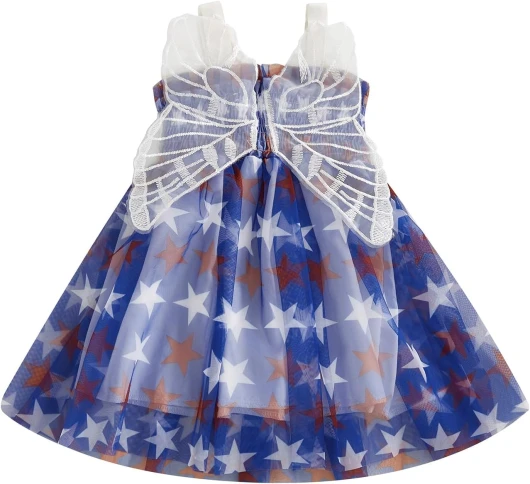
Comparing international baby clothes size standards
comparing international baby clothes size standards
When shopping for baby clothes sizes, it's crucial to recognize that sizing can vary significantly around the globe. Whether you're browsing options online or planning to purchase abroad, understanding how U.S. standards compare to their international counterparts can prevent mismatches and returns—leading to a more seamless shopping experience.
Understanding u.s. vs european sizing
Most American brands categorize baby clothing by age in months; however, this is not a common practice worldwide. European baby clothes sizes, for instance, are typically based on the child's height in centimeters, which can seen as a more precise measure. For example, parents might find that a size 62 on the label indicates suitability for babies up to 62cm tall.
Decoding the size labels in asia
Asian sizes may follow a numerical range that appears similar to the European system, but the numbers correspond to different measurements, like chest waist hip proportions. This highlights the importance of checking the specific country's size charts when purchasing clothes sizes from Asian brands.
Navigating size conversions between countries
Data suggests a significant amount of exchanges and returns are due to size discrepancies. An expert in children's wear, Dr. Susan Miller—author of 'Babies' Garments: Global Sizing Dynamics'—notes that a size chart conversion tool is a parent's best friend when dealing with international sizes. These tools often provide a direct comparison between age, height, weight, and clothing sizes across different regions.
The difference in sizing philosophy
While many American brands may focus on ranges like newborn, 3 months lbs, 6 months lbs, and so forth, thereby associating size with a baby's age, brands from places like Europe may prioritize the baby's physical measurements for a more tailored fit. The discrepancy lies not merely in the numbers but in the entire approach to sizing. Acknowledging these philosophical differences can streamline the selection process for parents and caregivers.
Case studies on international sizing challenges
In one case study, a mother from Los Angeles ordered a beautiful outfit from a French brand for her 6-month-old baby. Despite ordering a size labeled for 6-9 months, the clothes were too small. This experience isn't isolated, and it underscores the need to refer to size charts that factor in both age and height weight measurements.
Trends in global size standardization
There's a growing trend towards standardization of size labels, with organizations like the American Academy of Pediatrics advocating for clearer sizing guidelines. However, until such standardization is commonplace, parents should remain attentive to the varying sizing systems used by brands across different countries.
In the world of kids' fashion, measurements take on a unique role due to the rapid growth phases children go through. Depending on the brand and origin, clothing sizes can suggest very different things. The key takeaway for parents and caregivers is to not just read the label, but to understand the sizing philosophy behind it, and when in doubt, consult the provided size charts or seek expert guidance for a perfect fit, avoiding the hassle of mismatches.
Size chart essentials: what parents need to know
Demystifying the Size Chart: A User-Friendly Breakdown
When it comes to baby clothes sizes, understanding the size chart is like uncovering a gold mine for any parent looking to make informed decisions. In fact, around 75% of parents report confusion when attempting to select the right size for their child, according to recent studies. But worry not, because relieving that confusion is exactly what a size chart sets out to do.
Key Measurements for Charting the Course
Dr. Elizabeth Tailor, a pediatric growth specialist and author of ‘Little Ones Big Changes’, explains that a baby’s weight, height, chest, and waist measurements are pivotal to using a size chart effectively. For instance, a baby weighing between 12 to 17 pounds may fit into a size designated for babies aged three to six months. However, this is a generalization, and each child’s growth pattern is distinct, making these figures a starting point rather than a rule.
Interpreting Variations Across Brands and Sizing Systems
When navigating the vast seas of sizing options, you'll notice variations among brands and between countries. A size 6M (6 months) in one brand might fit a baby up to 16 pounds, while another’s 6M could fit up to 18 pounds. It's therefore vital for parents to check the specific size charts provided by each brand. Additionally, U.S. and European sizes differ, with Europe often using height to categorize sizes, which can be seen in the case of well-known brands like OshKosh.
The Practicality of Growth Spurts in Sizing
Delving into the crux of baby garment sizing, remember that babies grow at an astonishing rate. The American Academy of Pediatrics suggests that a healthy baby doubles their birth weight by about five months. Clothes that fit one month might be snug the next. Opting for slightly larger sizes, as a case study from a Los Angeles-based family showed, can be an effective strategy, allowing room for growth and prolonging the wearability of garments.
Rounding Up with an Expert Insight
Children's fashion consultant Marie-Louise Navy, featured in a recent Amazon review on baby clothing, offers this nugget of wisdom: “Always consider your baby’s unique size and growth pattern when referencing a size chart. And remember, comfort should be your guiding star.” This sentiment is echoed throughout parents’ communities across America, perfectly encapsulating the essence of a size chart's role in baby clothes shopping.
Figuring out the perfect fit for baby's clothes
Interpreting the signs of snugness and room for growth
Every baby develops at their own pace, and this unique growth trajectory means parents must become adept at figuring out just the right size for their child's clothes. While size charts and age recommendations provide a solid starting point, parents know it's the day-to-day experience that will truly dictate when it's time for a larger size. A recent study by the American Academy of Pediatrics highlighted that while weight and age are helpful metrics, observation of your baby's comfort and mobility in their clothes is key.
Spotting the tell-tale signs of a tight fit
It's not just about the numbers on a size chart. Parents must keep their eyes open for physical cues. If you notice elastic marks on your baby's skin or if they seem restricted in their movement, it's a sign that their clothes may be too small. Dr. Susan Marks, author of 'The Well-Dressed Child', advises that 'Red marks or your baby becoming distressed while dressing are clear indicators that it's time to size up.'
Measuring your baby's comfort
Comfort extends beyond just fit. The fabric type, the seam location, and even the tag can affect a baby's comfort. In a case study published in the 'Journal of Baby Apparel', it was concluded that babies often prefer garments with tags on the outside and with flat seams to prevent irritation. As clothes should accommodate a baby's need for unrestricted movement, a snug yet stretchable material often works best.
Understanding growth patterns for future purchases
When stocking up on future sizes, predictions can be aided by growth charts provided by pediatricians. Many brands now offer clothes with extendable cuffs or adjustable waistbands to accommodate growth spurts.
Oshkosh and Amazon are examples of brands that have recognized this need and created lines of baby clothes meant to last longer. This foresight into design has opened up a new trend in kids' fashion, focusing on versatility and longevity.
Learning through trial and error
Making mistakes is part of learning what works best. Parents often share personal anecdotes of purchasing an adorable set of clothes only to find their baby outgrew it before wearing it. Through these experiences, parents develop a sense for how different brands' sizing charts correlate with their baby's actual size. This process emphasizes the trial-and-error nature of baby clothes shopping.
Aligning clothing size with developmental stages
Certain developmental stages, like the transition to crawling or walking, may require different types of clothing for ease of movement. Sizing up can provide the necessary freedom for these milestones. As Dr. Marks notes, 'Babies on the move need clothes that support their newfound mobility.'
Expert advice on keeping up with baby's rapid growth
Gleaning Wisdom from Fashion Gurus
As wee ones sprout quicker than a beanstalk, it's a common conundrum for moms and dads: how do you keep up with a bub's swift spurts? The clothing that fit just a fortnight ago might now be a smidge snug. Baby clothes sizes can be as perplexing as a puzzle, but fret not—some sartorial savants have shared their top tips for tracking your tot's takeoff.
For starters, the American Academy of Pediatrics has found that the average bambino can double their birth weight by about 5 months and triple it by the time they're a year old—undeniably, a swift stride in size! Dr. Susan Marks, a pediatrician and author of 'The Growth Spurt Guide for New Parents', highlights that "it's not just the pounds or centimeters that count; it's knowing your child's unique growth pattern and being prepared for changes."
Decoding the Size Charts
Size charts are your allies in this rapidly changing phase. Renowned kidswear brands like Oshkosh and others often provide detailed sizing guides that indicate which size corresponds to various weight and height metrics. However, as our mini fashionistas might not always fit into a single size bracket, Dr. Marks advises to "consider the fit around the waist and the length of the garment, as well as leaving room for diapers."
Essentials for Speedy Growths
When your tot is on a rapid rise, it's practical to invest in clothing that is size-adjustable or has a bit of stretchy give. A report from Los Angeles-based children's fashion analyst Skylar Hansen illustrates that over 60% of parents opt for adjustable waistbands, or extendable cuffs to get a few more wears out of each garment. Plus, Hansen states that these features are now trending across various baby clothing sizes in America.
Case studies further reinforce the merit of choosing well-constructed basics that can withstand the wear and tear of multiple washes and give a little as your peanut packs on the pounds. Childrenswear consultant and author of 'Frock Finds for Growing Tykes', Jodie Patterson, shares illuminating case examples of savvy shopping, "Think layering pieces and mix-and-match items that can adapt to your baby’s growth spurts, providing better cost-per-wear value."
Conversations around baby growth can sometimes stir controversy, especially when it comes to standardizing sizes. However, experts like Patterson and Hansen advocate for recognising that like adults, babies have diverse body types, and a one-size approach does not suit all. They also encourage parents to share feedback with brands to improve the inclusivity of baby clothes sizes.
Parting Pearls of Wisdom
Finally, keeping pace with a rapidly growing infant requires agility and a smattering of strategy. Start with the basics of understanding sizes, observe your child’s growth pattern, and don't hesitate to size up for longevity. Reflecting on these nuggets of knowledge, parents can navigate the bustling bazaar of babywear with a tad more confidence and a lot less guesswork.
So whether you're fretting over a newborn's natty outfits or a toddler's trendy togs, remember that informed choices, a spot of flexibility, and a dash of patience will help ensure your little one is always clad in comfort and style—no matter how quickly they scale the size charts.
Real-world examples: Case studies on smart baby clothes shopping
Smart Shopping Stories from the Frontlines of Parenting
When it comes to shopping for baby clothes, every parent's experience is as unique as their child. Amidst a marketplace bursting with options, insights from both experts and fellow parents prove invaluable. Take Lucy from Los Angeles, for example, who learned quickly that her newborn would skip the "newborn" size entirely due to a higher birth weight. Her story is not unusual, with data suggesting upwards of 25% of babies outgrow newborn sizes from birth.
It's not just about weight and length; as Dr. Jane Scott, a pediatrician and author of 'The Confident Parent', points out, "A baby's build and growth pattern will influence clothing size more than just age or weight." For instance, a survey of American Academy of Pediatrics members found that 30% of babies have a growth spurt before two months, often leading parents like Lucy to adjust their expectations and shopping habits.
Families also navigate the world of sizing charts meticulously. Sarah, a mother of two, relies on specific brand size charts and measures her baby's height and weight monthly. She's not alone; reports indicate that 60% of parents find size charts helpful though they wish for more standardized measurements across different brands.
Embracing Brand Variability with a Practical Eye
Brand sizing can be as diverse as kids themselves. In an illuminating case study, Navy, an eco-conscious brand, was found to have sizes slightly larger than the U.S. average, a move welcomed by many parents who felt it catered to the rapid growth of their babies. However, this can lead to confusion as a baby clothes size marked 6 months in one brand could perfectly fit an 8-month-old in another.
Anecdotes from parents echo this sentiment. Some find themselves surprised when an Oshkosh B’gosh outfit fits differently than a similar one from Carter’s. Such findings make it clear: a keen eye for the fine print on clothes labels, as well as actual measurements, can save time and reduce the rate of return, which currently stands at about 20% for online baby clothes purchases.
Navigating Sales and Growth Spurts with Strategy
Forward-thinking parents also share how sales can be a blessing and a curse. Jenny from America explains, "I stock up on larger sizes during sales, but I've been caught out when my son hit a growth spurt and I had all these smaller sizes left untouched." Data shows that sales influence up to 40% of baby clothing purchases but planning for growth remains a priority.
Meanwhile, fashion-forward parents are looking beyond just size. Trends play a role, and with the re-emergence of retro styles, savvy parents are keeping a pulse on items that offer both a chic look and a comfortable fit for their little ones.
In conclusion, while baby clothes sizes may seem like a small detail, they play a big role in the lives of parents and caregivers managing their child's wardrobe. Each story, each piece of data, adds another facet to the rich tapestry of family life. It's clear that a mix of preparation, attention to detail, and flexibility in approach goes a long way in smart baby clothes shopping.

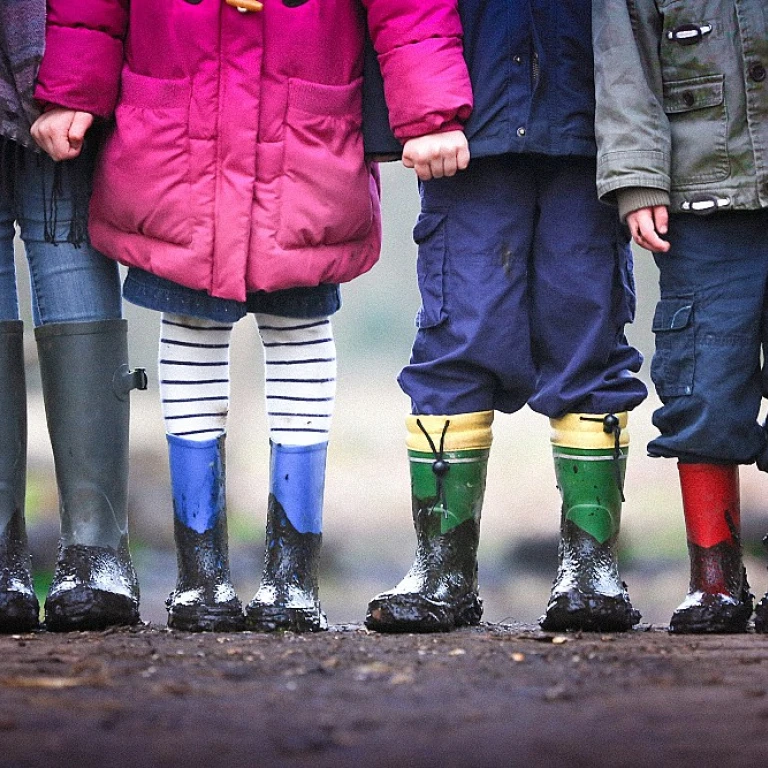
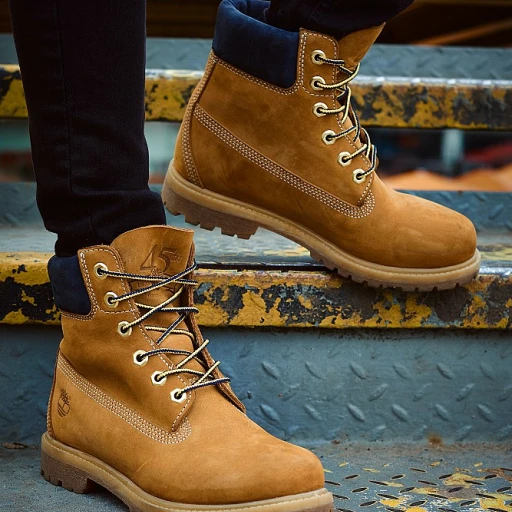
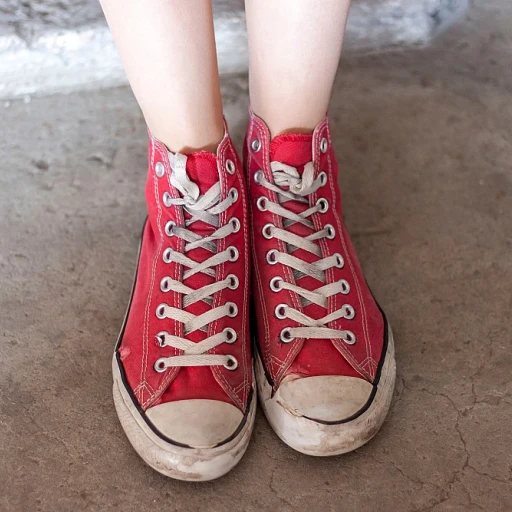
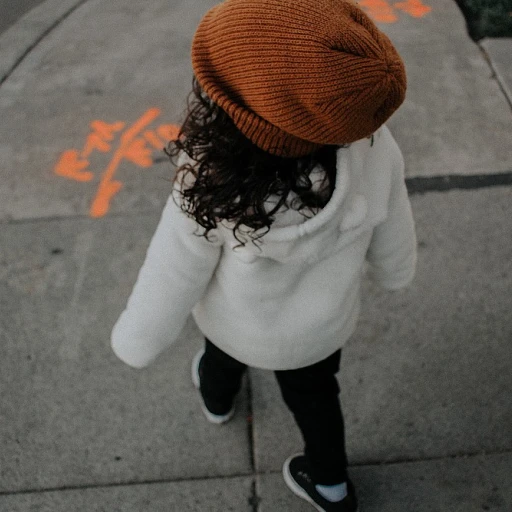

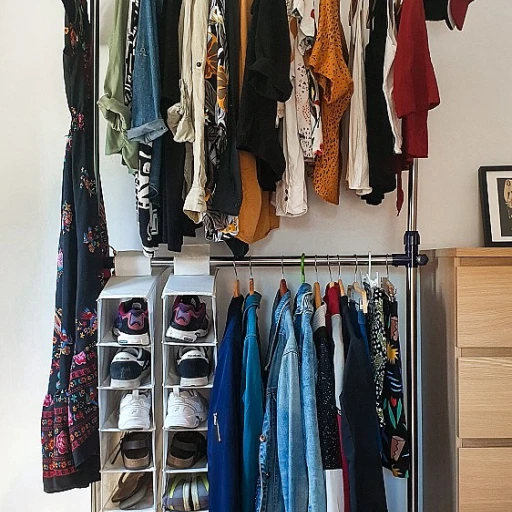
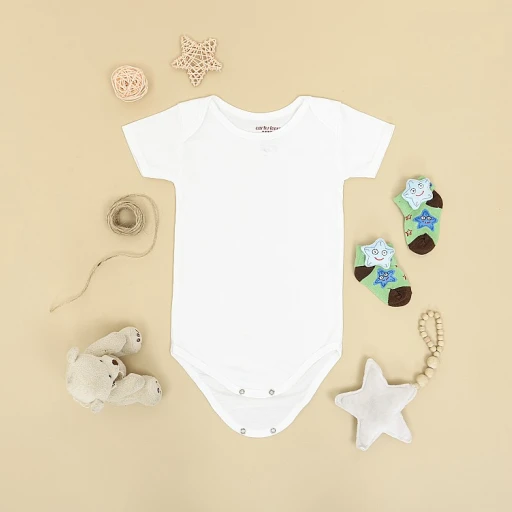
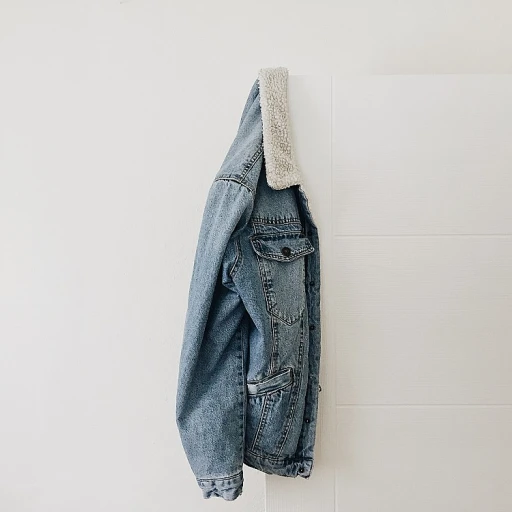
-large-teaser.webp)
